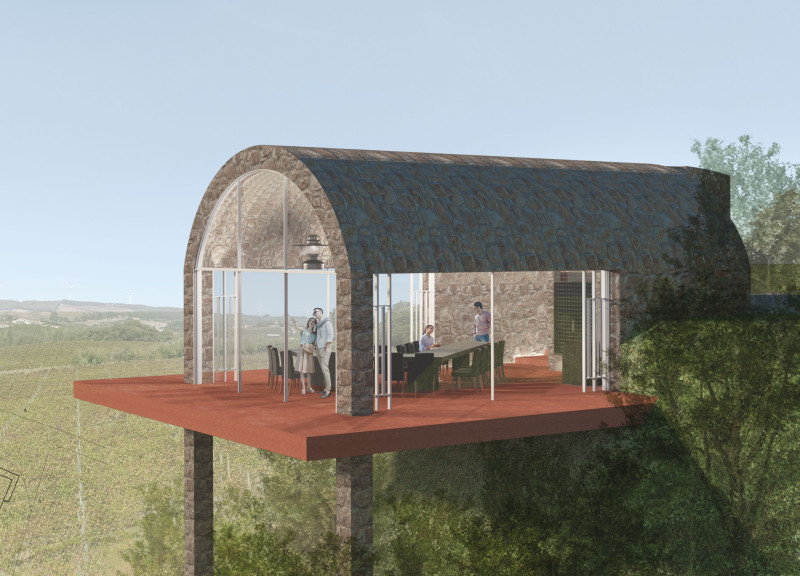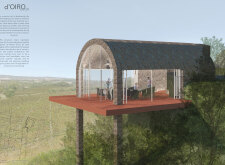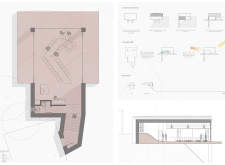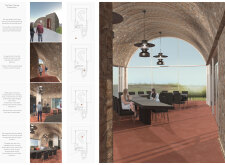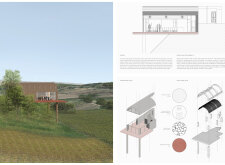5 key facts about this project
At its core, the design emphasizes a harmonious relationship between the interior and exterior spaces. Large windows facilitate an abundance of natural light, inviting the outside in, which enhances the livability of the interiors. The façade boasts a careful selection of materials, such as [list key materials, e.g., glass, wood, metal, etc.], which not only provide a visual appeal but also reflect the local environment. The use of these materials creates a sense of continuity with the landscape, grounding the structure within its setting while allowing it to stand out as a modern intervention.
The layout of the project is thoughtfully organized, featuring distinct zones that cater to various functions. Open-plan areas promote social interaction, while private spaces are designed to offer solace and retreat. This careful balance between communal and private domains ensures that the building responds effectively to the diverse needs of its occupants. Key architectural details, such as [insert significant design features like unique staircases, built-in furniture, or innovative lighting solutions], add layers of depth to the visual experience, enhancing both functionality and aesthetic interest.
Unique design approaches are evident throughout the project, reflecting thoughtful innovation while respecting traditional building practices. For instance, the architect employs sustainable design principles by incorporating [mention specific sustainable practices, such as green roofs, rainwater collection systems, or energy-efficient technologies]. These aspects not only contribute to the environmental performance of the building but also serve as educational elements that highlight the importance of sustainability in modern architecture.
Additionally, the project seeks to engage the community by creating spaces that encourage interaction and participation. Outdoor areas are designed to be welcoming, with landscaping choices that reflect native flora and foster biodiversity. This connection to the community enriches the user experience and invites passersby to engage with the building in a more meaningful way.
Elements such as architectural plans, architectural sections, and architectural designs provide valuable insights into the thought process behind the project. Carefully crafted details can be explored further to appreciate how each component contributes to the overall narrative of the design. The architect's decisions regarding space utilization and material selections open discussions about contemporary architectural ideas and the impact of design on human behavior and well-being.
Readers are encouraged to delve deeper into the project presentation to discover more about its intricate details and thoughtful design choices. By examining the architectural plans and sections, one can gain a more comprehensive understanding of how this project operates as a cohesive and functional entity within its environment. Exploring these details reveals the careful consideration that has gone into creating a space that is not only visually appealing but also deeply connected to its users and surroundings.


